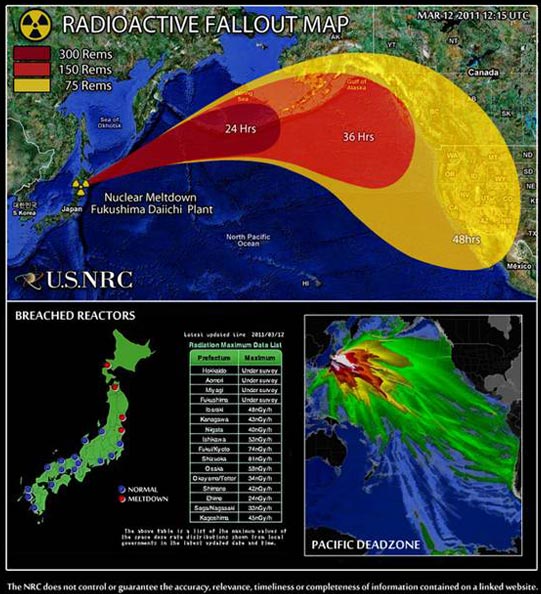- Joined
- May 26, 2010
- Messages
- 31,122
- Likes
- 41,041
It will effect if the bomb explodes, If not than its ok..
Any Nuclear Explosion create nuclear fall out which effect any living organism in the direction the wind blows in upper atmosphere..


Fukushima Fallout..
Any explosion that close to our nation will effect us, regardless whose Nuke it is..
Any Nuclear Explosion create nuclear fall out which effect any living organism in the direction the wind blows in upper atmosphere..


Fukushima Fallout..
Any explosion that close to our nation will effect us, regardless whose Nuke it is..

